Home>Gardening & Outdoor>Landscaping Ideas>How Long To Water Grass In Arizona Summer
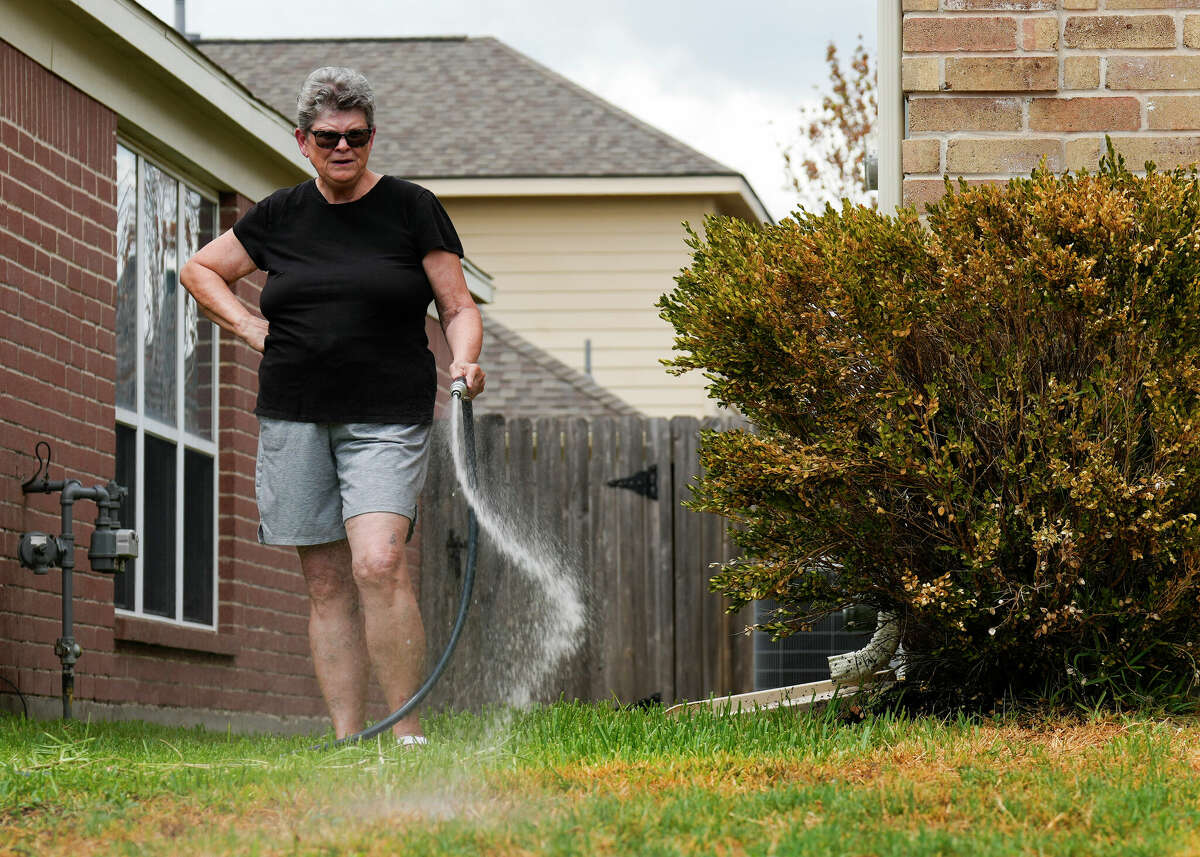

Landscaping Ideas
How Long To Water Grass In Arizona Summer
Modified: March 24, 2024
Discover the best landscaping ideas for watering grass in the Arizona summer. Learn how long to water your grass to keep it healthy and vibrant.
(Many of the links in this article redirect to a specific reviewed product. Your purchase of these products through affiliate links helps to generate commission for Storables.com, at no extra cost. Learn more)
Introduction
Landscaping in Arizona presents unique challenges due to the state’s arid climate and scorching summer temperatures. Maintaining a lush, healthy lawn in the midst of such conditions requires a deep understanding of proper watering techniques. In this article, we’ll explore the intricacies of watering grass in Arizona during the summer months, offering valuable insights and practical tips to help you keep your lawn vibrant and resilient.
Arizona’s climate is characterized by long, hot summers and relatively mild winters, creating an environment that can be particularly harsh on grass and other vegetation. The intense heat and limited rainfall necessitate a strategic approach to lawn care, with a specific focus on watering practices.
By delving into the factors that influence the watering needs of grass in Arizona, we can gain a comprehensive understanding of the measures required to nurture healthy, thriving lawns. Additionally, we’ll provide actionable recommendations and expert tips to optimize your grass watering routine, ensuring that your lawn remains resilient and visually appealing throughout the summer.
Join us as we explore the art and science of watering grass in Arizona, empowering you to cultivate a vibrant and verdant lawn that defies the challenges of the desert climate.
Key Takeaways:
- In Arizona’s scorching summer, watering grass deeply every 3-4 days for 20-30 minutes helps it thrive. Understanding the type of grass, soil, and weather conditions is crucial for effective watering.
- Efficiently watering grass in Arizona involves using irrigation systems, adjusting based on weather, and monitoring soil moisture. These practices conserve water and promote healthy, resilient lawns.
Read more: How To Plant Summer Grass In Arizona
Understanding the Watering Needs of Grass in Arizona
Arizona’s unique climate and environmental conditions significantly impact the watering requirements of grass. The state’s arid climate, characterized by low humidity and high temperatures, poses considerable challenges for maintaining healthy lawns. Understanding the specific needs of grass in this environment is crucial for effective lawn care.
One of the primary considerations when watering grass in Arizona is the type of grass species being cultivated. Warm-season grasses, such as Bermuda grass, Zoysia grass, and St. Augustine grass, are commonly grown in the state due to their resilience in hot, dry climates. These grasses have adapted to thrive in arid conditions, making them well-suited for Arizona’s climate.
When it comes to watering, it’s essential to consider the root systems of grass in Arizona. The shallow root structures of many warm-season grasses make them particularly sensitive to water stress. Inadequate or irregular watering can lead to shallow root development, making the grass more susceptible to heat stress and water loss.
Furthermore, the intense Arizona sun and high temperatures can result in rapid evaporation of moisture from the soil. This means that watering must be timed carefully to ensure optimal absorption by the grass roots. Additionally, the composition of the soil plays a crucial role in water retention and distribution, further influencing the watering needs of grass in Arizona.
Overall, understanding the specific water requirements of different grass species, the characteristics of their root systems, and the environmental factors at play is essential for effectively meeting the watering needs of grass in Arizona. By gaining insights into these fundamental aspects, homeowners and landscapers can tailor their watering practices to promote healthy growth and resilience in the face of the state’s challenging climate.
Factors Affecting Watering Duration
Several key factors influence the duration of watering required to maintain healthy grass in Arizona’s summer heat. Understanding these factors is essential for optimizing watering practices and promoting the vitality of your lawn.
- Grass Species: Different grass species have varying water requirements. Warm-season grasses, commonly found in Arizona, have adapted to thrive in arid conditions and generally require less water compared to cool-season grasses.
- Soil Type: The composition of the soil significantly impacts water retention and drainage. Sandy soils drain quickly and may require more frequent watering, while clay soils retain moisture for longer periods, affecting the frequency and duration of watering sessions.
- Root Depth: Understanding the depth of the grass roots is crucial for determining the duration of watering. Shallow-rooted grasses necessitate more frequent but shorter watering sessions, while deep-rooted varieties may require less frequent, deeper watering.
- Evaporation Rate: Arizona’s high temperatures and intense sunlight contribute to rapid evaporation of water from the soil. This factor influences the timing and duration of watering, as water must penetrate the soil effectively before evaporating.
- Weather Conditions: Monitoring weather patterns, including humidity levels, wind speed, and potential rainfall, is essential for adjusting watering durations. Hot, dry conditions may necessitate longer watering sessions, while cooler, more humid days may require shorter durations.
By considering these factors, homeowners and landscapers can tailor their watering durations to suit the specific needs of their grass and the prevailing environmental conditions. This strategic approach ensures efficient water usage while promoting the health and resilience of the lawn, even in the face of Arizona’s challenging climate.
Water your grass in Arizona summer for about 15-20 minutes, 3 times a week. Early morning or late evening is best to reduce evaporation. Adjust based on rainfall and grass type.
Recommended Watering Schedule for Arizona Summer
Developing a well-defined watering schedule is essential for nurturing healthy, vibrant grass during Arizona’s scorching summer months. By adhering to a strategic watering regimen, homeowners and landscapers can optimize water usage while promoting the resilience and lushness of their lawns.
For warm-season grasses prevalent in Arizona, such as Bermuda grass and Zoysia grass, a general guideline for summer watering involves deep, infrequent sessions. This approach encourages the development of robust root systems and enhances the grass’s ability to withstand heat stress. Here are recommended watering guidelines for Arizona summer:
- Frequency: Watering frequency may vary based on factors such as soil type, grass species, and weather conditions. In general, deep watering sessions every 3 to 4 days are recommended for established warm-season grasses during the summer. This frequency allows the water to penetrate the soil deeply, promoting deeper root growth.
- Duration: Each watering session should be long enough to ensure that the moisture reaches the root zone. For warm-season grasses with shallow root systems, this typically involves watering for approximately 20 to 30 minutes. However, deeper-rooted grasses may require longer watering durations to facilitate adequate moisture absorption.
- Timing: Early morning is the optimal time for watering in Arizona, as it allows the grass to absorb moisture before the intense midday heat triggers rapid evaporation. Watering in the evening should be avoided, as prolonged moisture on the grass overnight can increase the risk of fungal diseases.
- Adjustments: Monitoring the lawn’s condition and response to watering is crucial for fine-tuning the schedule. During periods of extreme heat or drought, adjustments may be necessary to ensure that the grass receives adequate moisture without overwatering.
It’s important to emphasize that these recommendations serve as a general guideline, and adjustments should be made based on specific grass types, soil conditions, and local climate variations. By tailoring the watering schedule to suit the unique needs of the lawn, homeowners can foster resilient, thriving grass that enhances the beauty of their outdoor spaces, even in the face of Arizona’s challenging summer conditions.
Tips for Efficient Grass Watering in Arizona Summer
Effectively managing grass watering in Arizona’s summer heat requires a strategic approach that maximizes water conservation while promoting the health and vitality of the lawn. By implementing the following tips, homeowners and landscapers can optimize their watering practices, ensuring efficient water usage and the resilience of their grass:
- Utilize Irrigation Systems: Installing an efficient irrigation system, such as a drip irrigation or a smart sprinkler system, can ensure precise and targeted water delivery, minimizing waste and promoting optimal moisture absorption by the grass.
- Adjust According to Weather: Regularly monitor weather forecasts and adjust the watering schedule based on predicted temperatures, humidity levels, and the likelihood of rainfall. This proactive approach prevents overwatering during periods of increased natural moisture.
- Perform a Sprinkler Audit: Periodically inspect and adjust sprinkler heads to ensure uniform water distribution across the lawn. Addressing any issues with coverage or water waste can enhance the efficiency of the watering system.
- Mulch for Moisture Retention: Applying a layer of organic mulch around grassy areas helps retain soil moisture, reducing the frequency of watering sessions and minimizing water loss through evaporation.
- Monitor Soil Moisture: Use a soil moisture meter to gauge the moisture levels in the root zone. This tool provides valuable insights for adjusting the watering schedule based on the grass’s actual needs, preventing both overwatering and underwatering.
- Consider Watering Depth: Encourage deep root growth by adjusting watering durations to penetrate the soil to the appropriate depth for the grass species. This promotes resilience and reduces the grass’s dependence on frequent watering.
- Practice Watering Restrictions: Adhere to any local watering restrictions or guidelines to support water conservation efforts while maintaining the health of the lawn. Compliance with regulations contributes to sustainable water usage in the community.
- Observe Grass Health: Regularly inspect the lawn for signs of stress, such as wilting or discoloration, which may indicate inadequate watering. Adjust the schedule promptly to address any emerging issues and sustain the grass’s vitality.
By incorporating these tips into their lawn care routine, individuals can cultivate lush, resilient grass while conserving water resources and promoting sustainable landscaping practices in the challenging Arizona summer climate.
Read more: When To Plant Summer Grass In Arizona
Conclusion
Successfully maintaining a vibrant, healthy lawn in Arizona’s summer heat demands a nuanced understanding of the state’s unique climate and its impact on grass watering practices. By recognizing the specific needs of warm-season grasses, considering environmental factors, and implementing strategic watering techniques, homeowners and landscapers can cultivate resilient, lush lawns that defy the challenges of the arid desert climate.
Understanding the factors that influence watering duration, such as grass species, soil composition, and evaporation rates, empowers individuals to tailor their watering practices for optimal efficiency and effectiveness. By embracing a recommended watering schedule that prioritizes deep, infrequent watering sessions and strategic timing, grass can thrive even in the face of Arizona’s intense summer conditions.
Furthermore, incorporating tips for efficient grass watering, such as utilizing advanced irrigation systems, adjusting watering based on weather conditions, and monitoring soil moisture, enables individuals to conserve water resources while nurturing the health and resilience of their lawns. This proactive approach not only promotes sustainable water usage but also contributes to the long-term vitality of the landscape.
In conclusion, by combining knowledge of grass watering needs with practical strategies and a commitment to water conservation, individuals can transform the challenges of Arizona’s summer climate into opportunities for cultivating lush, thriving lawns. With a thoughtful and informed approach to grass watering, Arizona residents can enjoy the beauty of resilient, vibrant grass that enhances their outdoor spaces, even in the midst of the desert’s relentless summer heat.
Frequently Asked Questions about How Long To Water Grass In Arizona Summer
Was this page helpful?
At Storables.com, we guarantee accurate and reliable information. Our content, validated by Expert Board Contributors, is crafted following stringent Editorial Policies. We're committed to providing you with well-researched, expert-backed insights for all your informational needs.
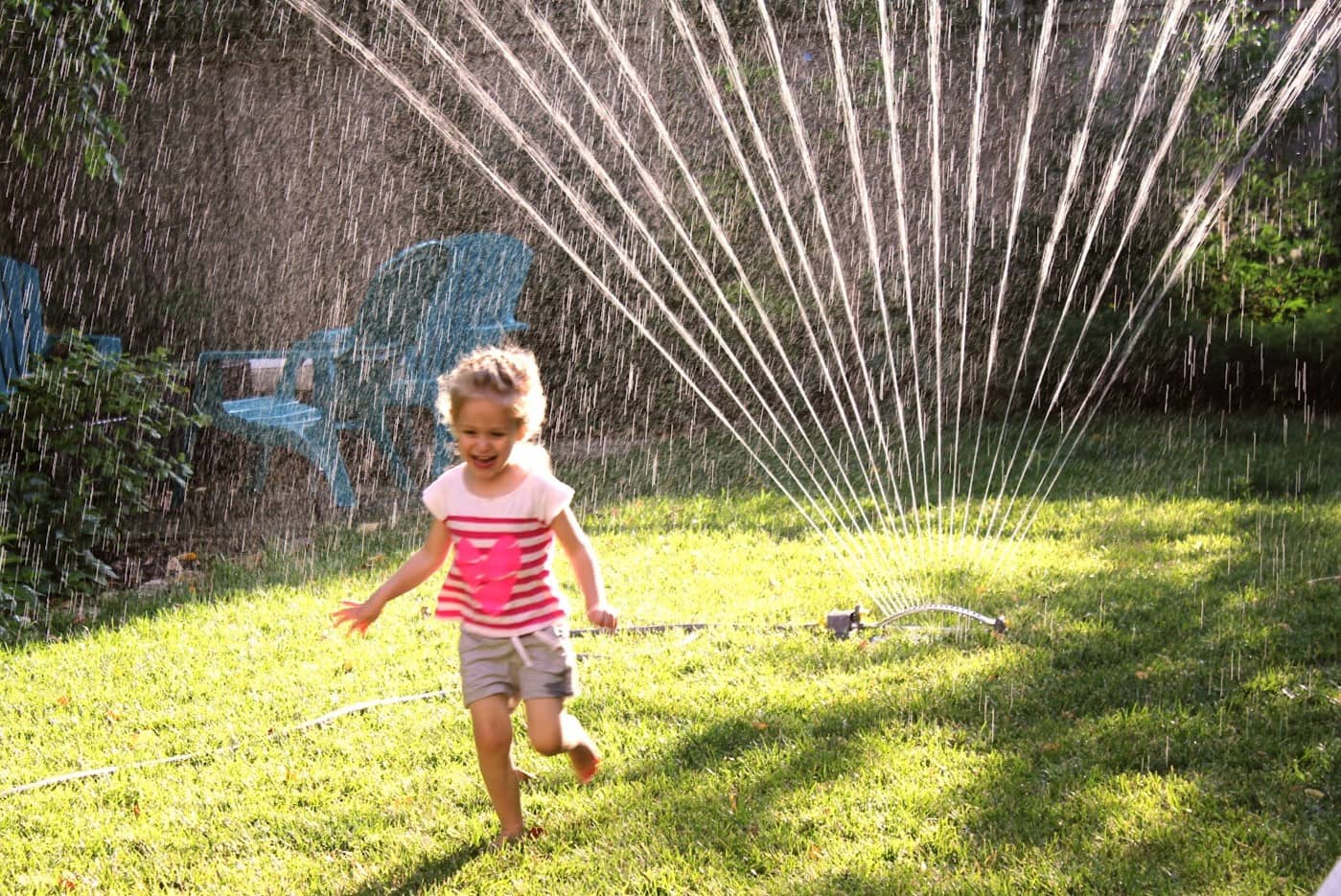
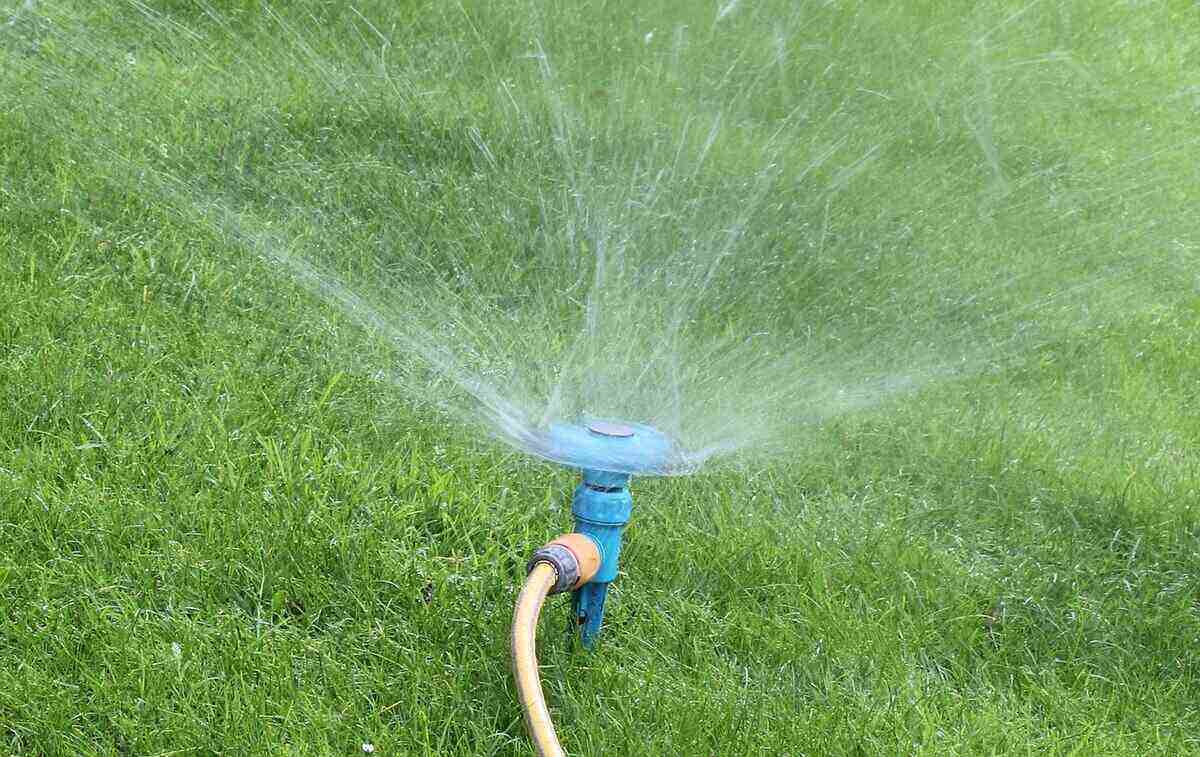
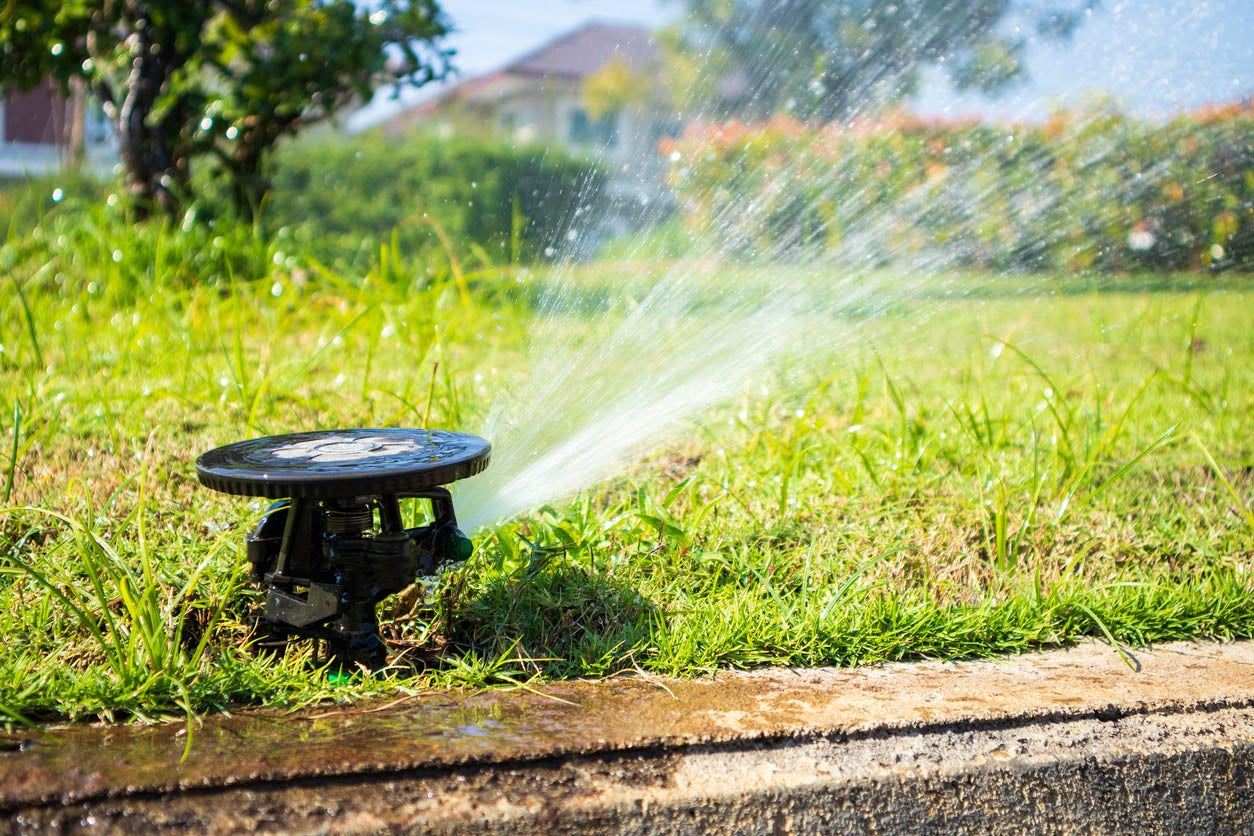
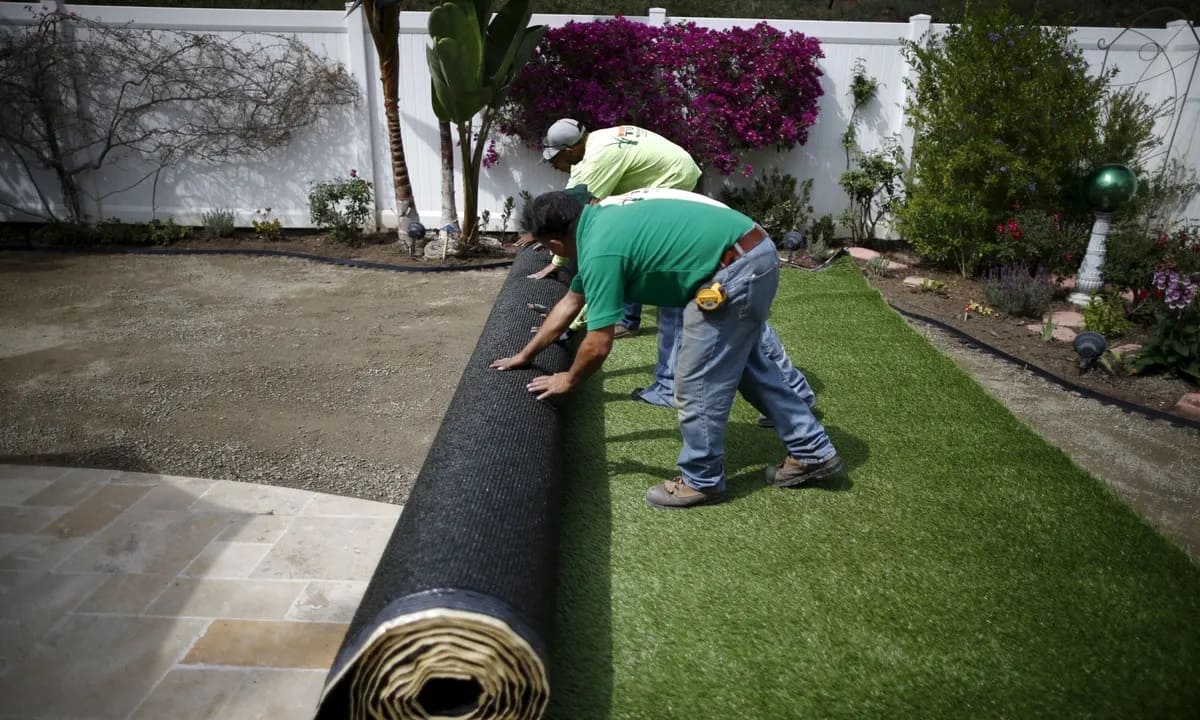
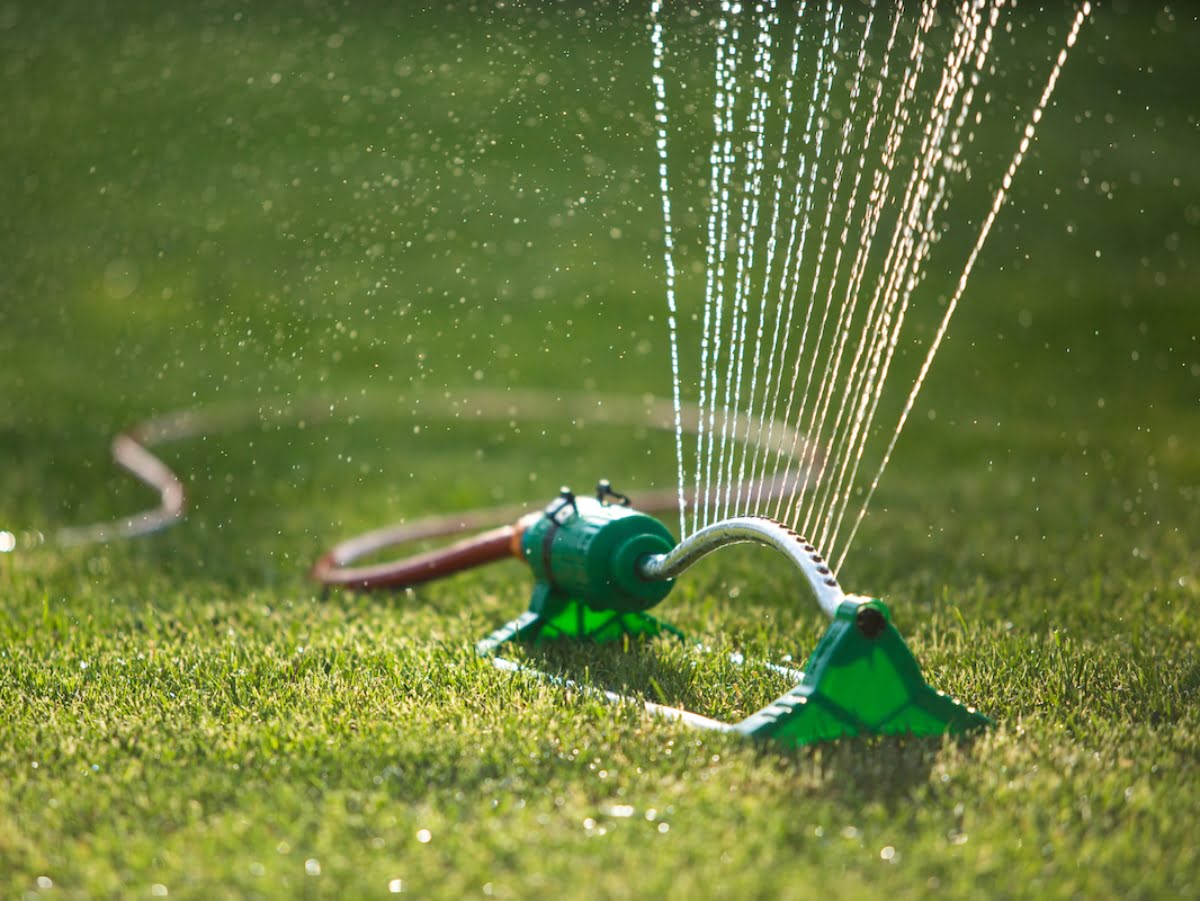
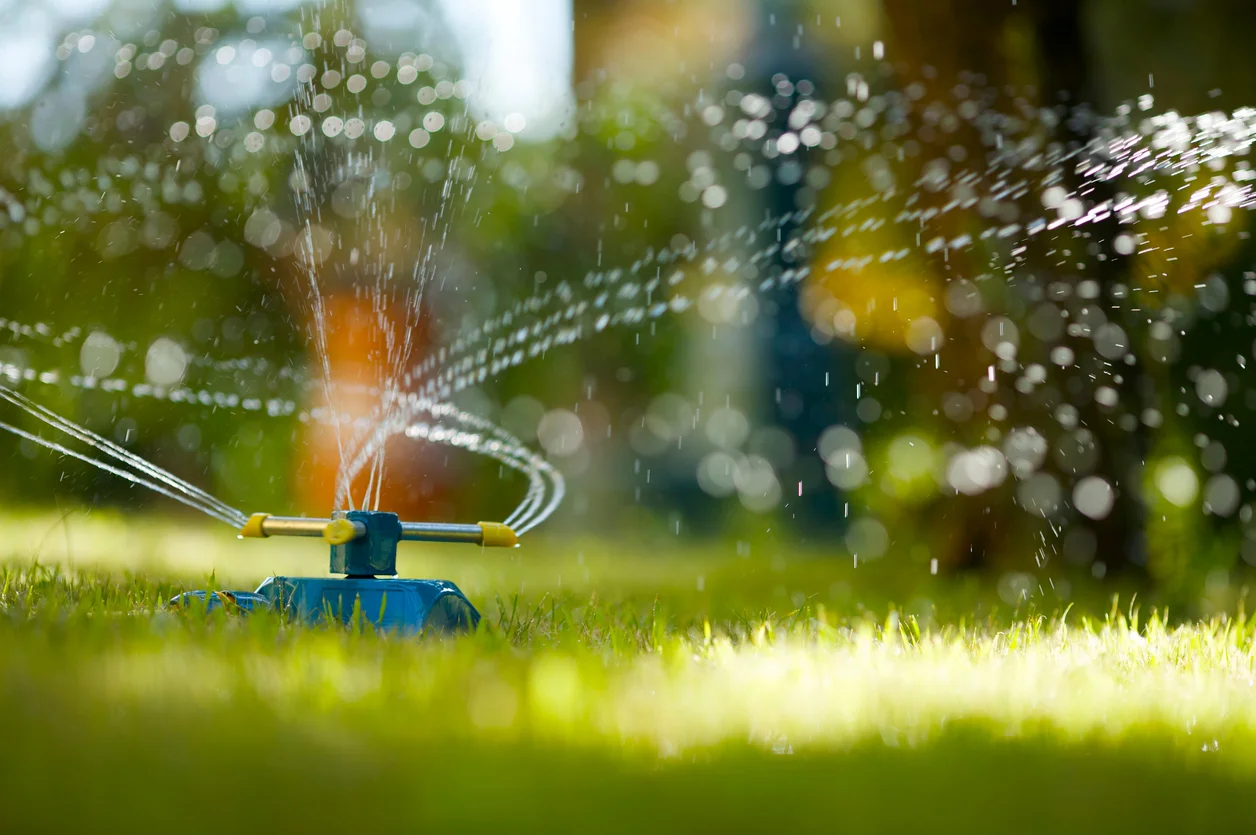
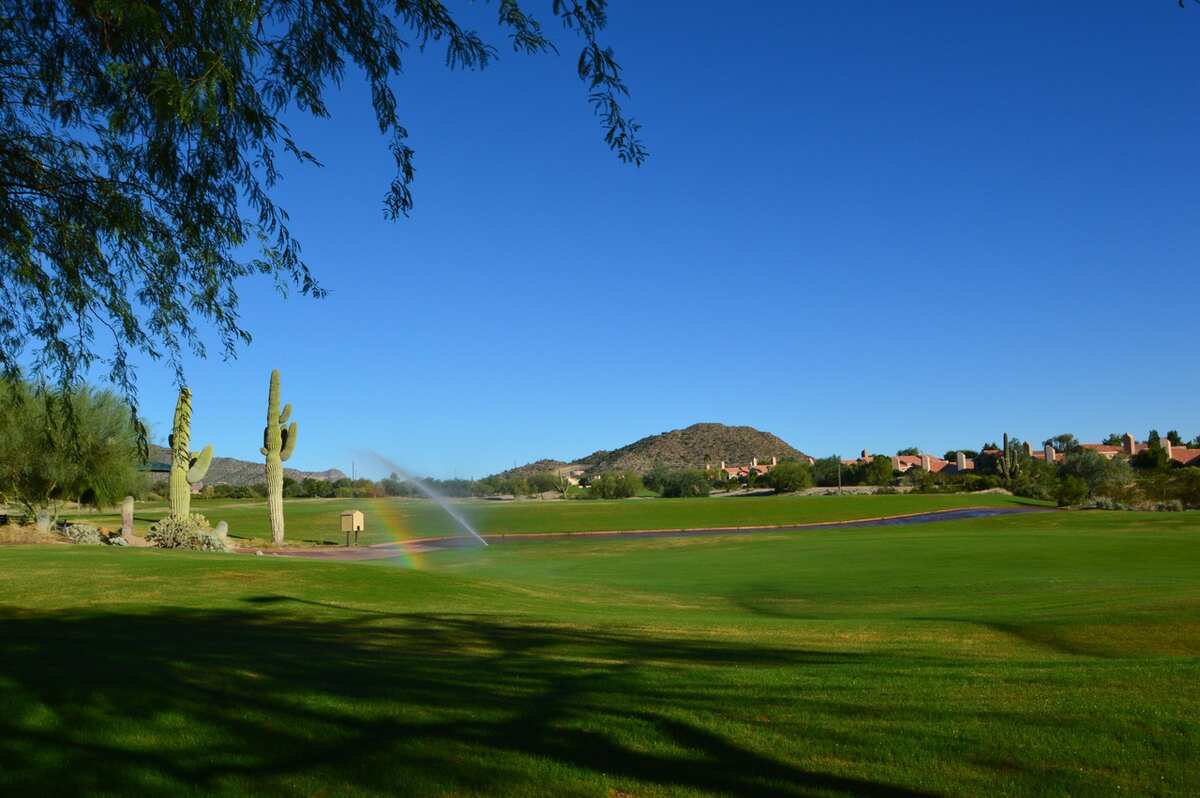


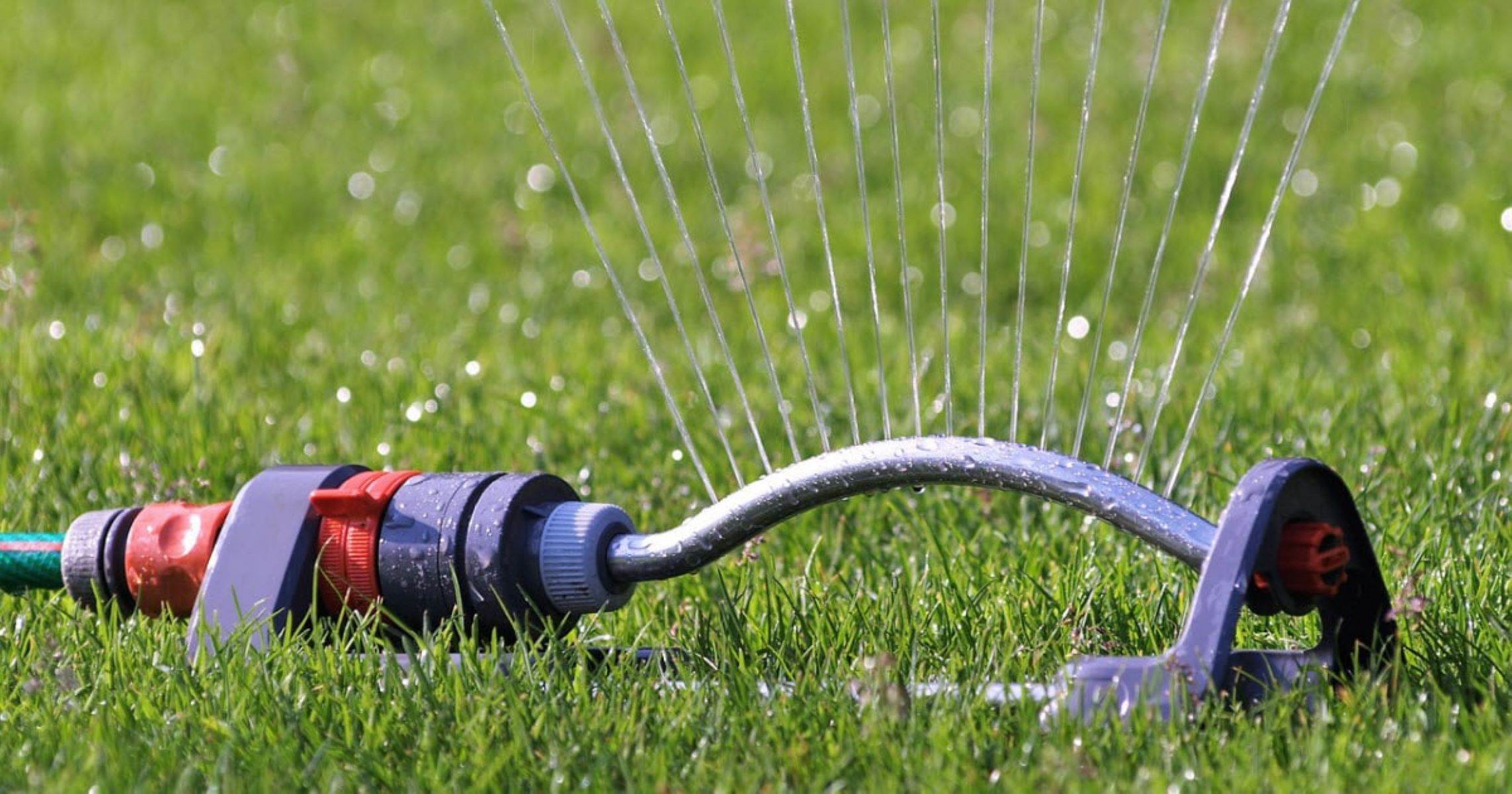
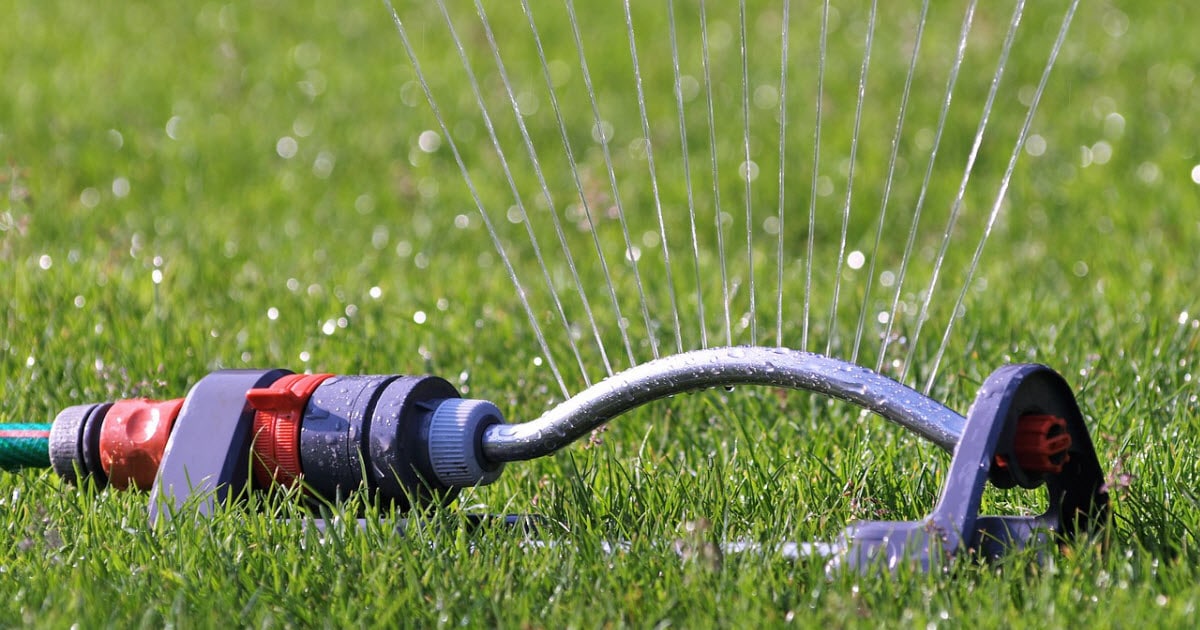
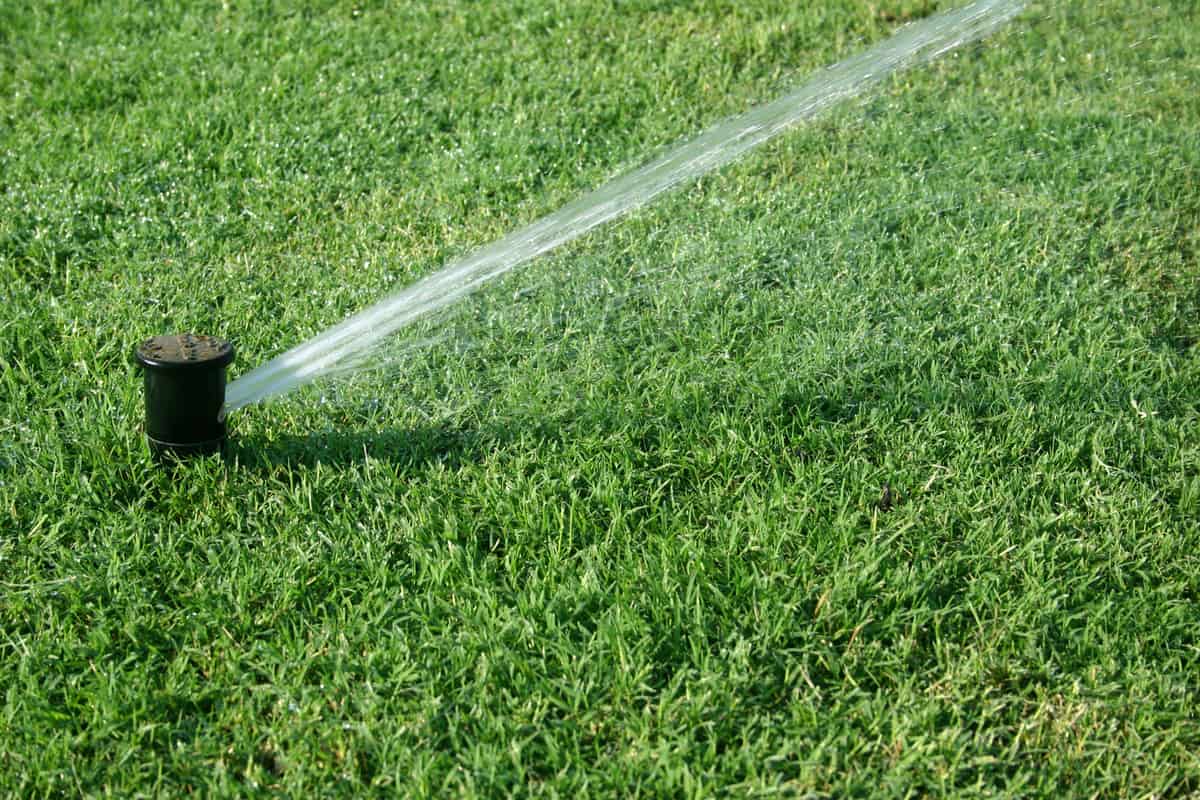

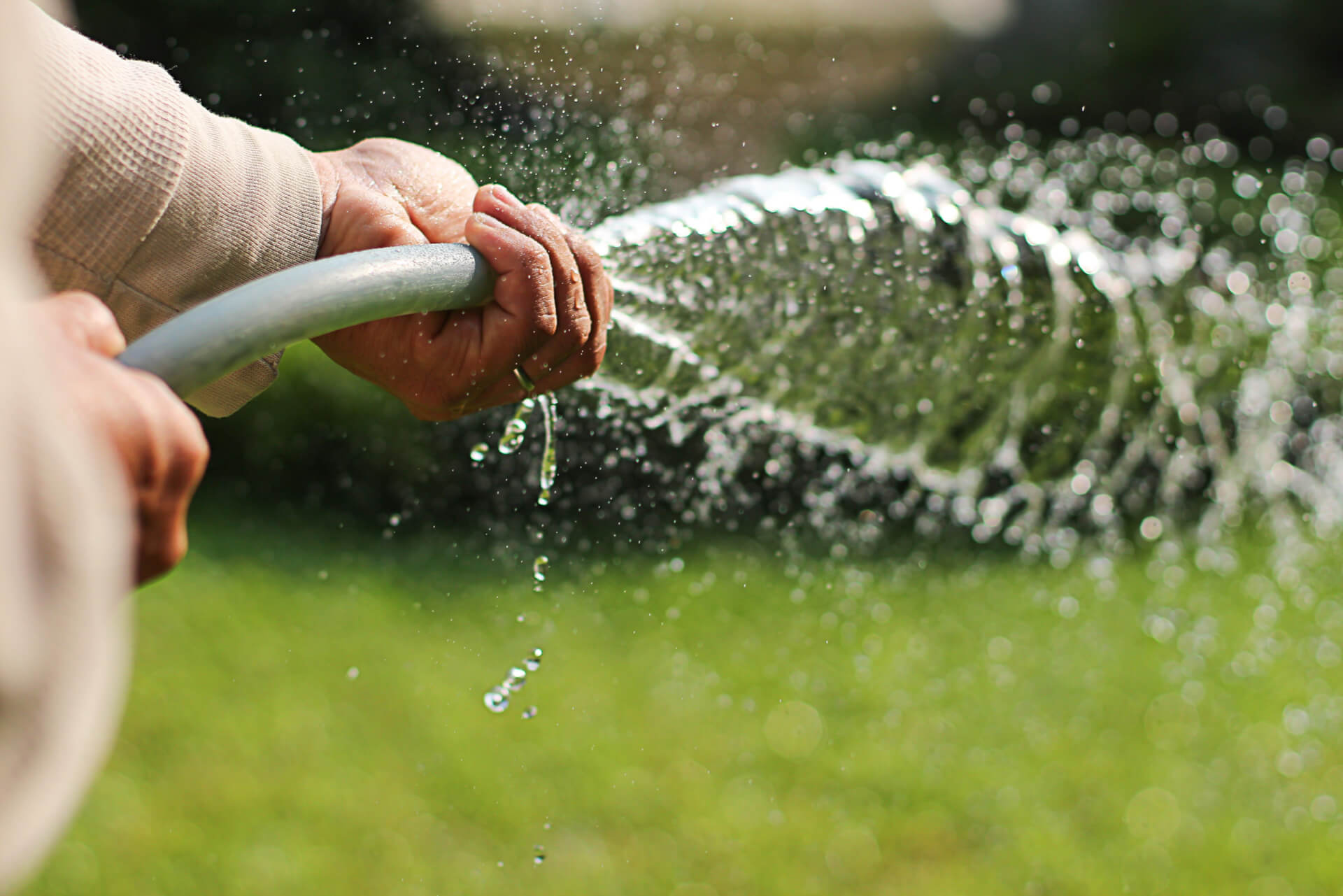

0 thoughts on “How Long To Water Grass In Arizona Summer”